
views
Checking Your Fish's Vital Signs
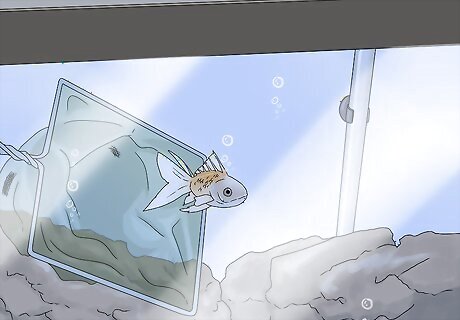
Try to scoop the fish into your aquarium net. Look for signs of struggle as you place the net around the fish's body. If your fish is just sleeping, they'll wake up and try to wiggle their way out of the net. If they don't, they could be dead or very sick.
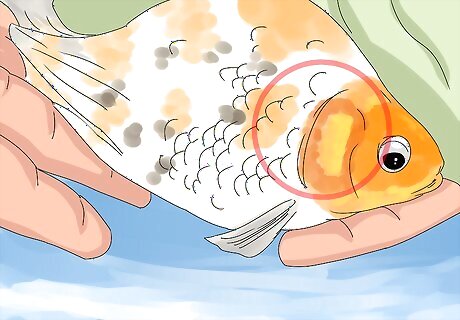
Look for breathing. Check the gills for most species. If they're not moving, the fish isn't breathing. Bettas and other labyrinth fish breathe through their mouths. If your fish is from this family, watch their bodies for up and down movements.
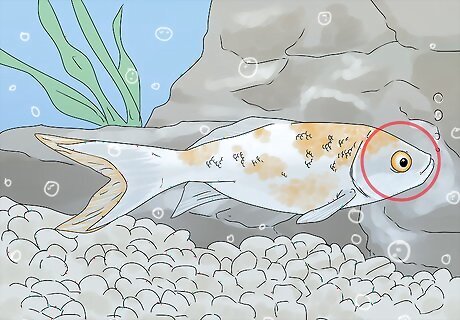
Check the fish's eyes. Look at the eye as a whole. If they're sunken, your fish is dead or near death. Look for cloudy pupils, which is also a sign of death in most aquarium fish. If your fish is a pufferfish, walleye, rabbit fish, or scorpionfish, occasional eye cloudiness might actually be normal. However, you should contact your vet if the cloudiness persists for several days.
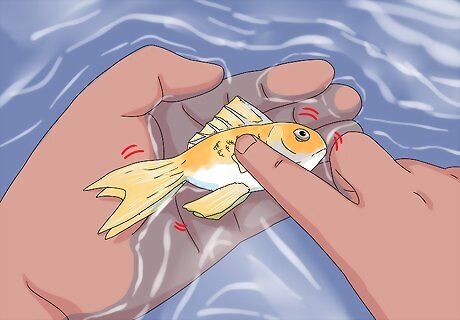
Examine the fish's scales. Do this if your fish has jumped out of the tank. Look for cracking of the skin as you pick up the body. Feel the body to see if it has dried out. These signs are only present in dead fish.
Dealing with a Dying or Dead Fish
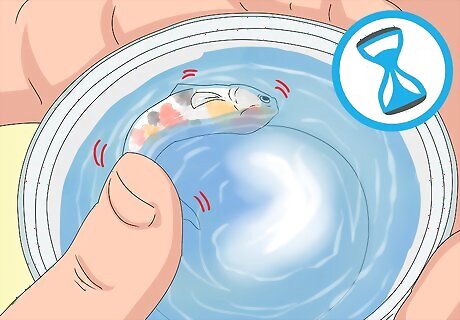
Spend time with your dying fish. Look for symptoms such as an inability to eat or sinking immediately after swimming to the top of the tank. This will be difficult to watch, but you should treat your fish like any other companion animal. Sit by the aquarium. Talk to your fish, if that's what you usually do.
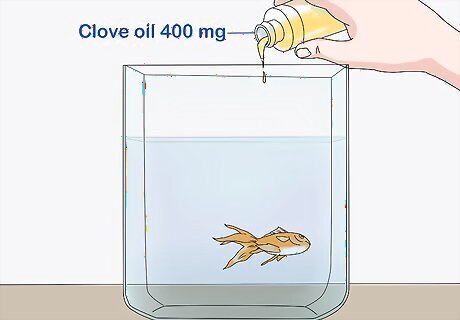
Euthanize a suffering fish. Clove oil is a sedative and is the most humane way to end the suffering of a dying fish. You can buy it in most drug stores. Place only the dying fish in 1 litre (0.26 US gal) of water. Add 400 mg of clove oil to the water. Within 10 minutes, the fish will lose oxygen and die peacefully.
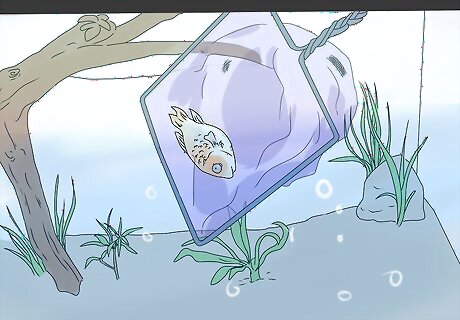
Remove any dead fish from the tank, if you can. Use an aquarium net to scoop out the dead fish. If you can't find the body, don't worry. The body itself won't harm the other fish and will decompose naturally. Fish parasites and diseases require living hosts. If you think your fish died of a disease, their tankmates might already be infected. Monitor them for symptoms. If they don't look sick or develop symptoms after a few days, they were strong enough to fight off the disease.
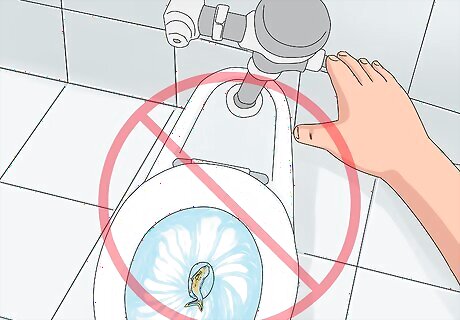
Don't flush the fish down the toilet. A dead fish flushed into a non-native habitat could harm native marine life. Dispose of a dead fish in the garbage or bury them outside. If the fish is large, burial is usually best. Check your local laws to make sure they'll allow you to bury a pet fish.
Assessing Other Possible Issues

Treat constipation with deshelled peas. Constipation causes fish to float on their sides. Deshelled peas (any variety) contain enough fiber to make them regular again. If your fish hasn't had a bowel movement in the past few days, feed them two to three fresh peas or thawed frozen peas each day. Mash them or let the chunks float to the bottom of the aquarium. Avoid canned peas, as they contain sodium and spices that can hurt your fish. Soften the peas. You can do this by boiling them on the stovetop in filtered water for one minute. Allow them to cool down after you remove them from the pan. Don't use a microwave, since this can destroy vital nutrients. Remove the skin by peeling it off with your fingers. Make sure you wash your hands first! Cut the peas into small pieces. First, cut them into halves if they didn't split naturally when you peeled them. Then, cut them into quarters. If your fish is small, cut the pieces even smaller.
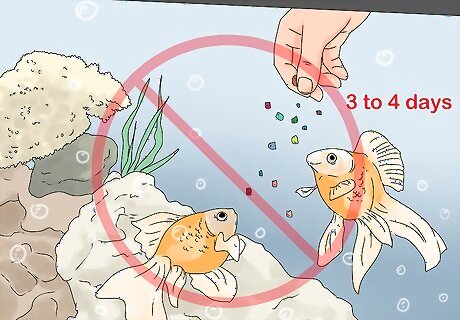
Cut back on the feedings, if necessary. If your fish isn't constipated, they might have eaten too much. Overeating can cause a fish's stomach to bloat and force them to float on their sides. If your fish has had a recent bowel movement, don't feed them for three to four days.

Research how your fish sleeps. When fish sleep, they stop moving. For example, betta fish and goldfish sleep by resting on the bottom of the tank. Search online and read books about caring for fish to learn about your fish's sleeping habits. Search for this information on veterinary websites or at your local vet's office. Visit your public library or pet store for informative books. If you have access to scholarly databases, search for articles in veterinary journals. Some fish like to play dead just to see you freak out. Be sure to double-check

Condition the aquarium water. Chlorine, chloramine, and heavy metals in tap water can sicken and kill fish. Add water conditioner to the aquarium, following the instructions on the packaging. You can buy water conditioner at your local pet store. Test your tank water for chlorine, chloramine, and heavy metal before adding conditioner. You can buy testing kits at your local pet store. Follow the instructions on the package to avoid false positives or negatives. Alternatively, you can buy distilled water from your local grocery store and use that in your tank instead of tap water.

Check the water temperature. If you recently changed the water, any sudden change in temperature could send your fish into shock. Measure the temperature with an aquarium thermometer. If the temperature is above or below the ideal range recommended for your fish, adjust the thermostat on the aquarium heater. Monitor your fish to make sure it returns to normal behavior after the temperature has normalized. In the future, stick to regular partial water changes to avoid sudden changes in temperature or pH. If you need to change a large amount of water, remove your fish before doing so. Place your fish (and their water) in a plastic bag and then slowly acclimate them to the new temperature by floating the bag in the tank.











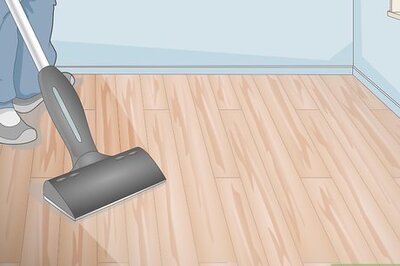
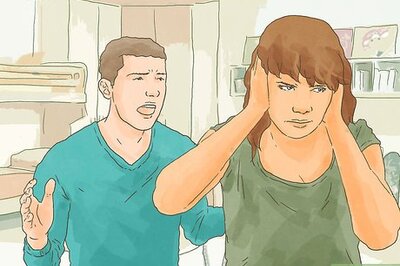
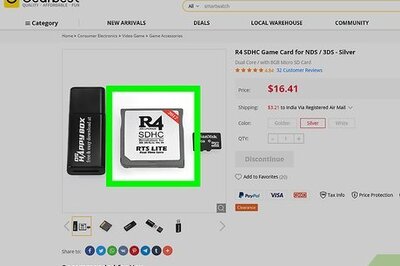




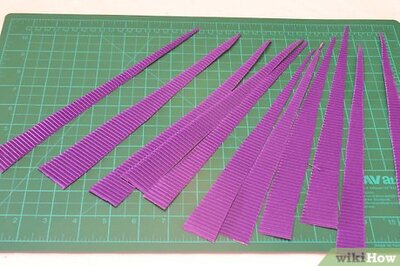
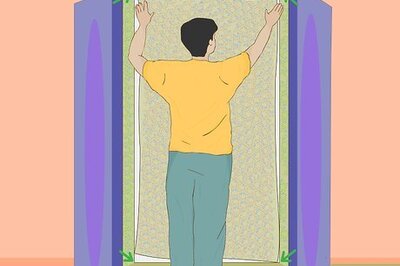
Comments
0 comment